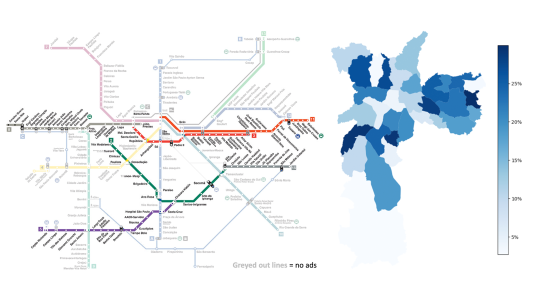-
AEA 20192019We examine the impact of "big data" on firm performance in the context of forecast accuracy using proprietary retail sales data obtained from Amazon. We measure the accuracy of forecasts in two relevant dimensions: the number of products (N), and the number of time periods for which a product is available for sale (T). Theory suggests diminishing returns to larger N and T, with relative forecast errors
-
Games & Economic Behavior2018We propose to smooth out the calibration score, which measures how good a forecaster is, by combining nearby forecasts. While regular calibration can be guaranteed only by randomized forecasting procedures, we show that smooth calibration can be guaranteed by deterministic procedures. As a consequence, it does not matter if the forecasts are leaked, i.e., made known in advance: smooth calibration can nevertheless
Related content
-
July 29, 2025New cost-to-serve-software metric that accounts for the full software development lifecycle helps determine which software development innovations provide quantifiable value.
-
May 21, 2025By combining surveys with ads targeted to metro and commuter rail lines, Amazon researchers identify the fraction of residents of different neighborhoods exposed to the ads and measure ad effectiveness.
-
December 16, 2024In a keynote address at the latest Amazon Machine Learning Conference, Amazon academic research consultant, Stanford professor, and recent Nobel laureate Guido Imbens offered insights on the estimation of causal effects in “panel data” settings.
-
October 21, 2024Causal machine learning provides a powerful tool for estimating the effectiveness of Fulfillment by Amazon’s recommendations to selling partners.
-
April 30, 2024Using causal random forests and Bayesian structural time series to extrapolate from sparse data ensures that customers get the most useful information as soon as possible.
-
March 21, 2024The principal economist and his team address unique challenges using techniques at the intersection of microeconomics, statistics, and machine learning.







